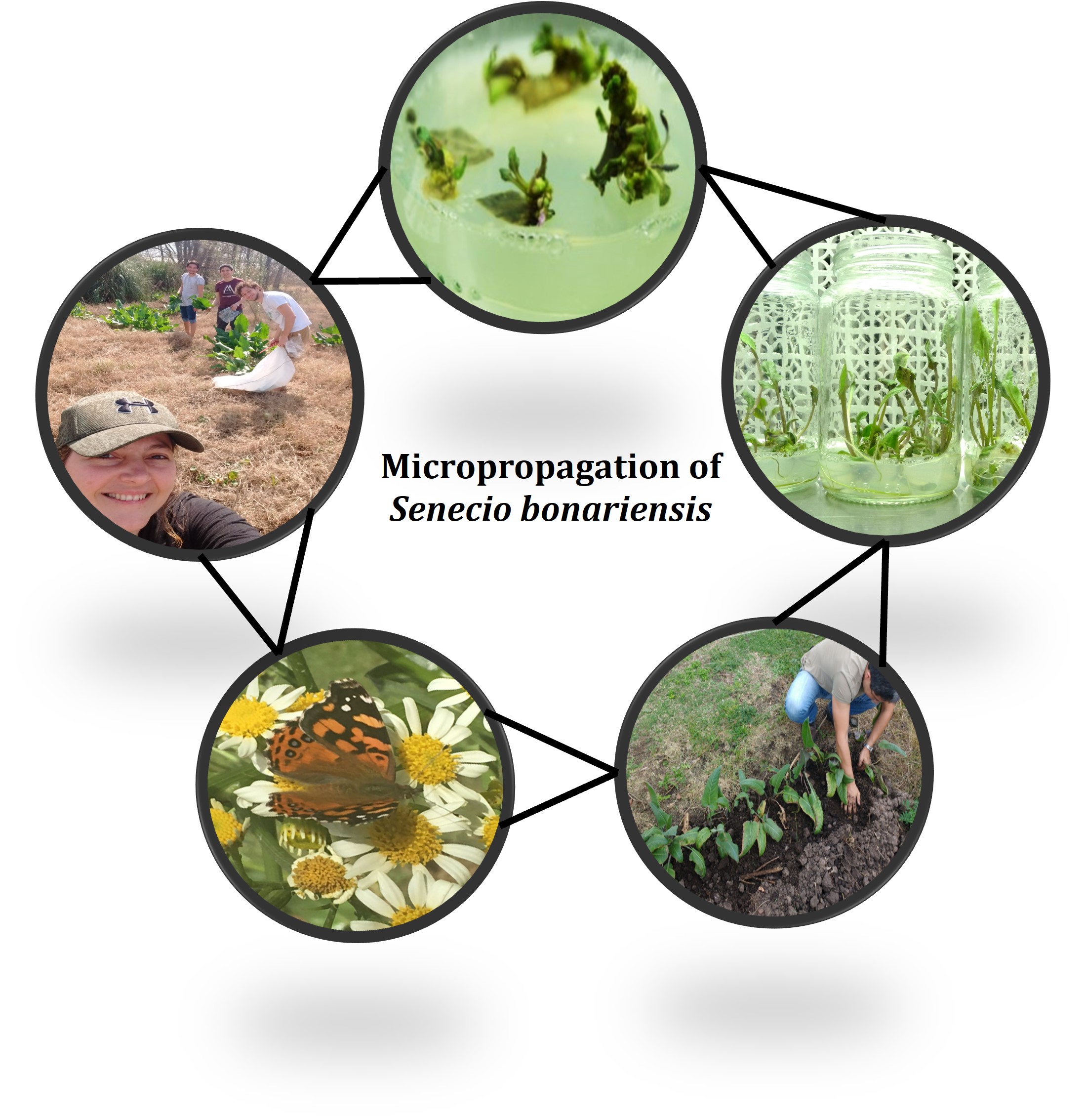Effects of postharvest treatments based on calcium and silicon in hydro-cooling on the basic quality attributes of ʹBingʹ sweet cherries (Prunus avium L.) during storage
Keywords:
Prunus avium, fruit firmness, shelf life, non-climacteric fruit, total soluble solids, skin colorAbstract

Ca2+ and Si2+ treatments confer resistance to biotic and abiotic stresses in many fruits. In sweet cherries, Ca2+ improves shelf life extension during storage, but only CaCl2 is used. On the other hand, there is scarce information on CaCO3 as a source of Ca2+, which has shown increased firmness in berries. This study evaluated different treatments based on Ca2+ (CaCl2 and CaCO3) + Si2+ (SiO2) alone and combined with immersion in hydro-cooling (0°C) on physicochemical characteristics of ʹBingʹ sweet cherries (Prunus avium L.) during storage at low temperature (4°C). Results demonstrate that alone or combined treatments (Ca2+ and Si2+) with hydro-cooling significantly affected skin and flesh color of sweet cherries. Chromaticity (C*) was increased in treated fruits, indicating an intense red color, especially in those cherries treated with CaCl2. Furthermore, firmness was increased during storage in treatments with Ca2+, while SiO2 treatment increased total soluble solids (TSS). Therefore, combined treatments of Ca2+ and Si2+ with hydro-cooling might be a promising postharvest strategy to maintain desirable physicochemical characteristics in sweet cherries during low-temperature storage.
Highlights:
- Treatments based on Ca2+ (CaCl2 and CaCO3) and Si2+ (SiO2) alone and combined in hydro-cooled solutions extend storage capacity at low temperatures.
- Ca2+ and Si2+ treatments intensify the skin color of sweet cherries.
- CaCO3 as a source of Ca2+, has shown increased firmness in berries.
- Ca2+ and Si2+ treatments combined with hydro-cooling maintain physicochemical characteristics in sweet cherries during storage.

Downloads
Published
Issue
Section
License
Copyright (c) 2018 Revista de la Facultad de Ciencias Agrarias UNCuyo

This work is licensed under a Creative Commons Attribution-NonCommercial-ShareAlike 3.0 Unported License.
Aquellos autores/as que tengan publicaciones con esta revista, aceptan las Políticas Editoriales.


